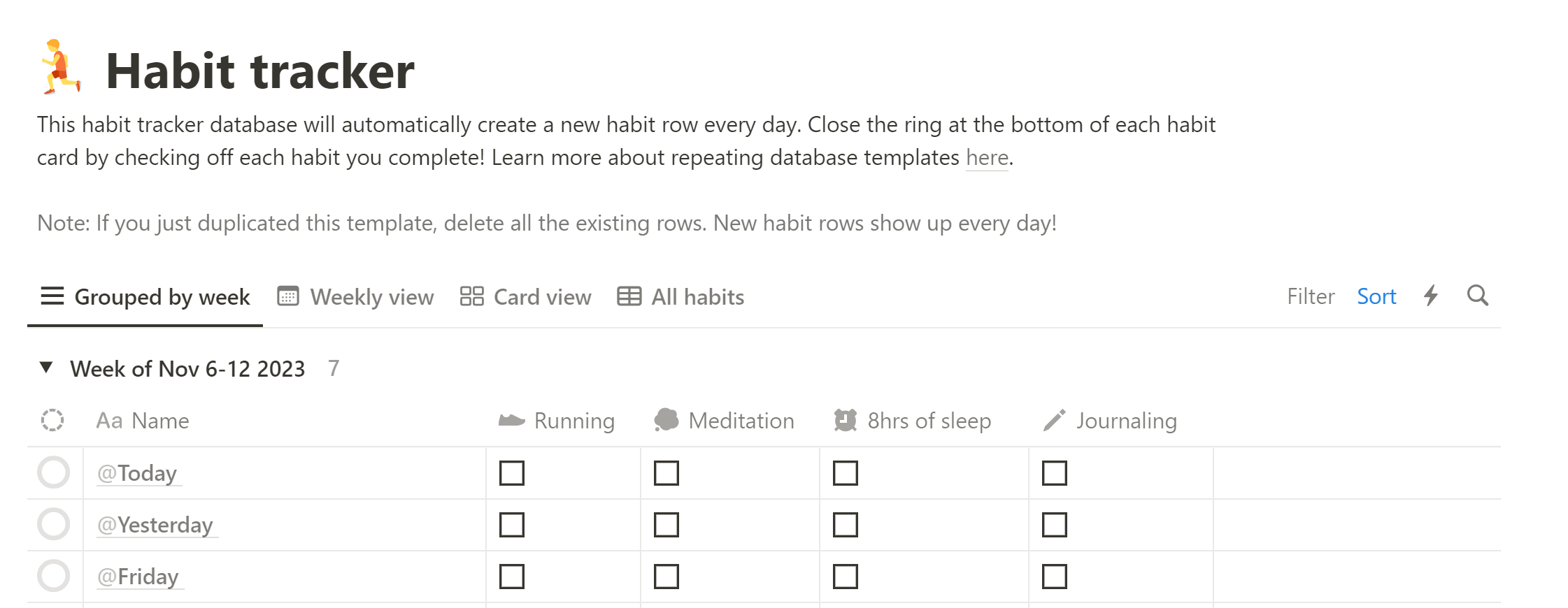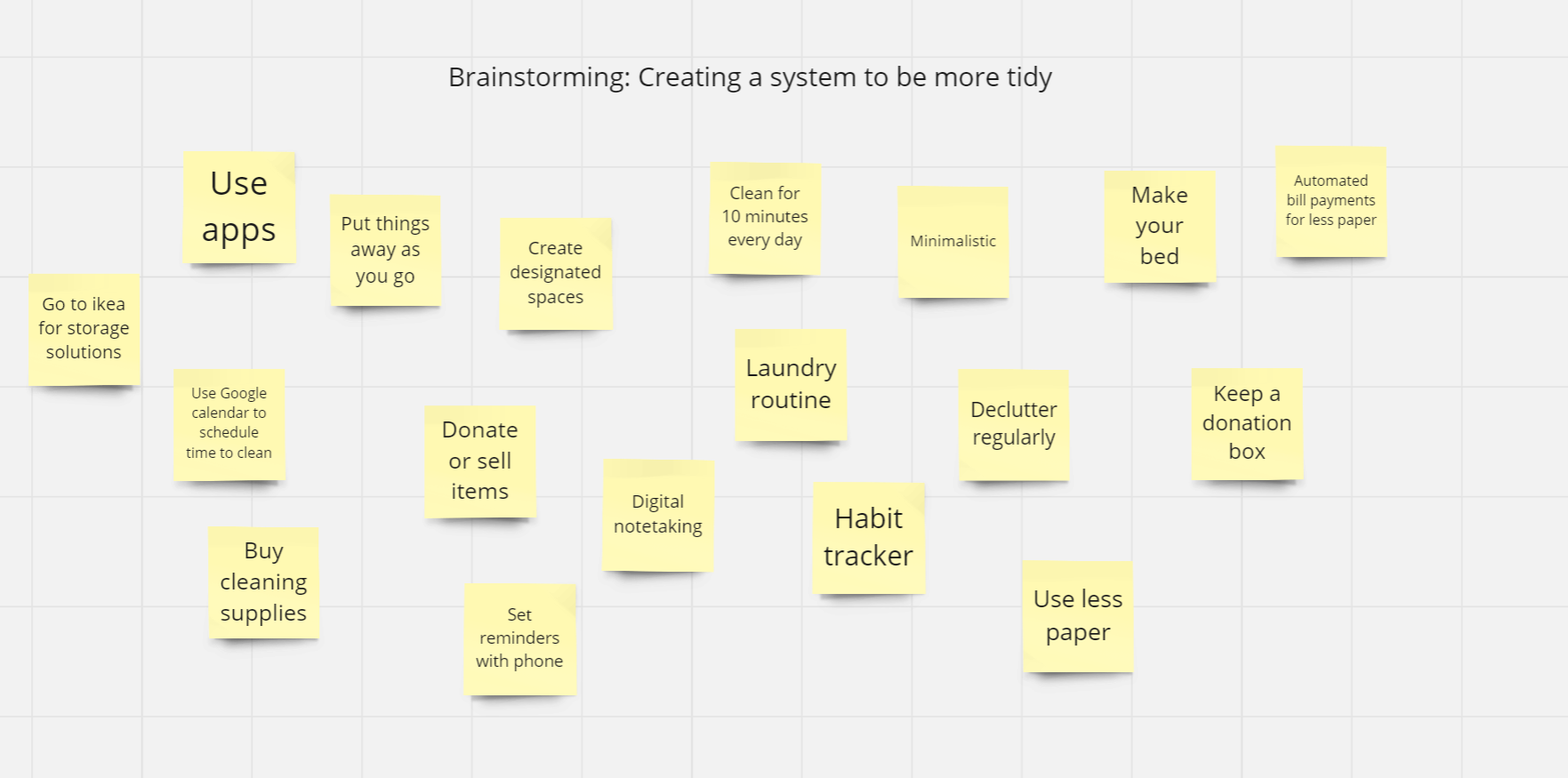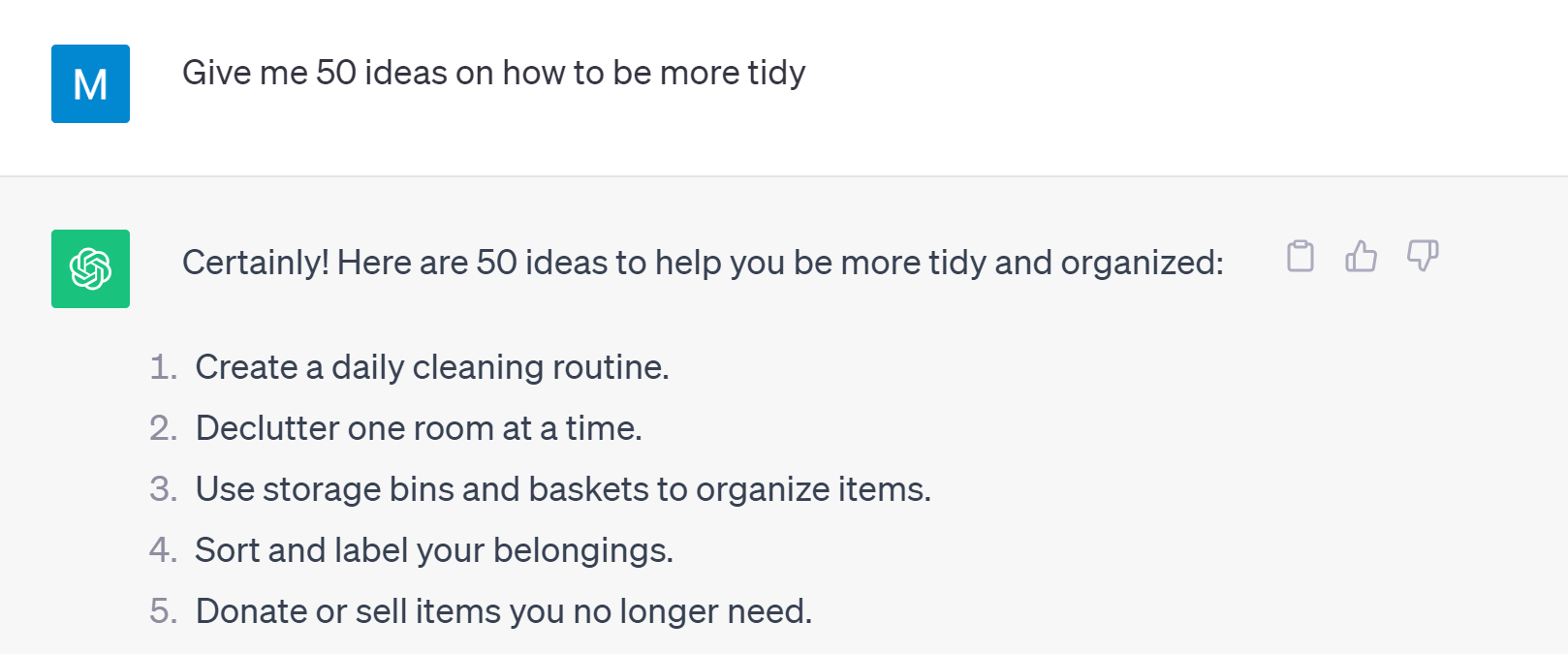Did you know about the link between a cluttered space and anxiety? This is what we call “Tidy House Tidy Mind”.
In this guide I will walk you through the relationship between being tidy and anxiety, how to create your system to stay tidy during the long term, and also some practical tips to help you get started.
Being Tidy and Anxiety
Can you remember a time when you got stressed because you couldn’t find something in your house? Losing things such as keys or important documents can add to the toll of your mental health. It can also make you feel out of control, or make you procrastinate other tasks.
Clutter can be detrimental for your mental health (1). It is one of those mindless habits that cause anxiety. According to research (2), it can overstimulate your visual system. Organizing your room is like organizing your mind. This is what we call, “Tidy House Tidy Mind”.
Homes are meant to live in, and that implies a certain degree of disorder. But you deserve to live in a comfortable place, and that means that you have to clean sometimes.
In the following section, we will help you to create systems to create better habits to become tidy in the long term.
Creating your System
Just tidying up when you are motivating is setting yourself for failure. What you need is to create a system that is good enough for YOU, in order to establish better habits and make tidying automatic for you. We will walk you through our 4 step process to achieve a Tidy House Tidy Mind.
Step 1: Assess your tidying habits
Start by asking yourself some questions with respect to your habits.
- What are the main obstacles or challenges I face when it comes to staying tidy? What is the root cause?
- Which of my current habits are helping and which aren’t?
- How can I involve others (family, roommates) to staying more tidy?
- What strategies can I use to prevent relapses into disorganization when life gets busy or stressful?
- Who is someone I admire who is very tidy? What does this person do?
You can record your habits by writing them down. Becoming aware of your good and habits is the first step to take actionable steps to be a more tidy person. You can try recording your habits using the following methods:
- Paper.
- With your phone.
- Using Notion templates to record your habits (there are many that are free).

- Using apps such as Habitica. This app is super useful, however it can get tiring to have to record all the habits all the time, as recording the habit feels as hard as changing the habit itself.
Step 2: Brainstorm some ideas
- Create a Miro board. It is a free web application that allows you to create a board with stick it notes.

- Brainstorm ideas, using a sticky note for each idea. Here, you are aiming for quantity and not for quality. The ideas don’t even have to be realistic, as you will filter them later on.
- For example, how can you change your environment to make this habit easier? (Or make a bad habit harder?) How can you avoid relapse?
- Use ChatGPT to help you brainstorm some more ideas. For example, “Give me 50 ideas on how to be more tidy”.

- Regroup the ideas by putting the sticky notes together, or using different colors.

Step 3: Create your system
- Select some groups of ideas you brainstormed before, and filter them out: Are they realistic? Can I actually do this? Does this solution fit my budget and schedule? Is this too much work?
- Try to select two or three ideas, and make a plan to actually implement them. What do you have to buy? What do you have to do? When? How?
Step 4: Adapt and refine your system
- Creating a system is also about trial and error. Systems must be refined and redesigned if necessary in order to achieve a “Tidy House Tidy Mind”.
- Record what works for you and what doesn’t.
Practical tips – Ideas for brainstorming
In this section, I will help you with brainstorming some ideas in order to help you create your systems for a Tidy House Tidy Mind.
- Wash your plates right after using them.
- Make your bed, its going to make it feel like your room its much tidier.
- Get rid of stuff, having less stuff can makes it easier for you to stay organized. Classify. Gift. Donate.
- Try labeling and creating designated areas, so everything has its own place.
- Set a day to wash your clothes, to clean the kitchen, the bathroom, etc.
- Use google calendar and create a timeslot to tidy each week.
- Consider making investments. For example, if you hate washing dishes, why don’t you get a dishwasher? It might be expensive, but it could be a necessary investment if you can afford it.
- Set a timer and see how much cleaning you can get done in that time period.
- Involve others.
- Get outside help. You could also consider it an investment. There is no moral value in doing it everything yourself, and if you don’t like it and you can afford it, there is no reason why not.
- Examine your room. Where does most of the trash comes from? Do you keep most of receipts?
- Declutter your desk. Organize your papers.
- Don’t put it down, put it away. Tidy people clean as they go.
- Clean out the refrigerator before going to buy groceries.
- Tidy during study breaks.
- Go paperless. Take digital notes, select options for your bills to be delivered electronically only.
Make sure you choose actionable steps you can take in order to achieve a Tidy House Tidy Mind.
Sources
(1) WebMD. (n.d.). How Clutter Can Affect Your Health. WebMD. https://www.webmd.com/balance/ss/slideshow-clutter-affects-health
(2) Aliouche, H. (2022). Investigating the Link between Cleaning and Mental Health. News-Medical. Retrieved from https://www.news-medical.net/health/Investigating-the-Link-between-Cleaning-and-Mental-Health.aspx

Leave a Reply